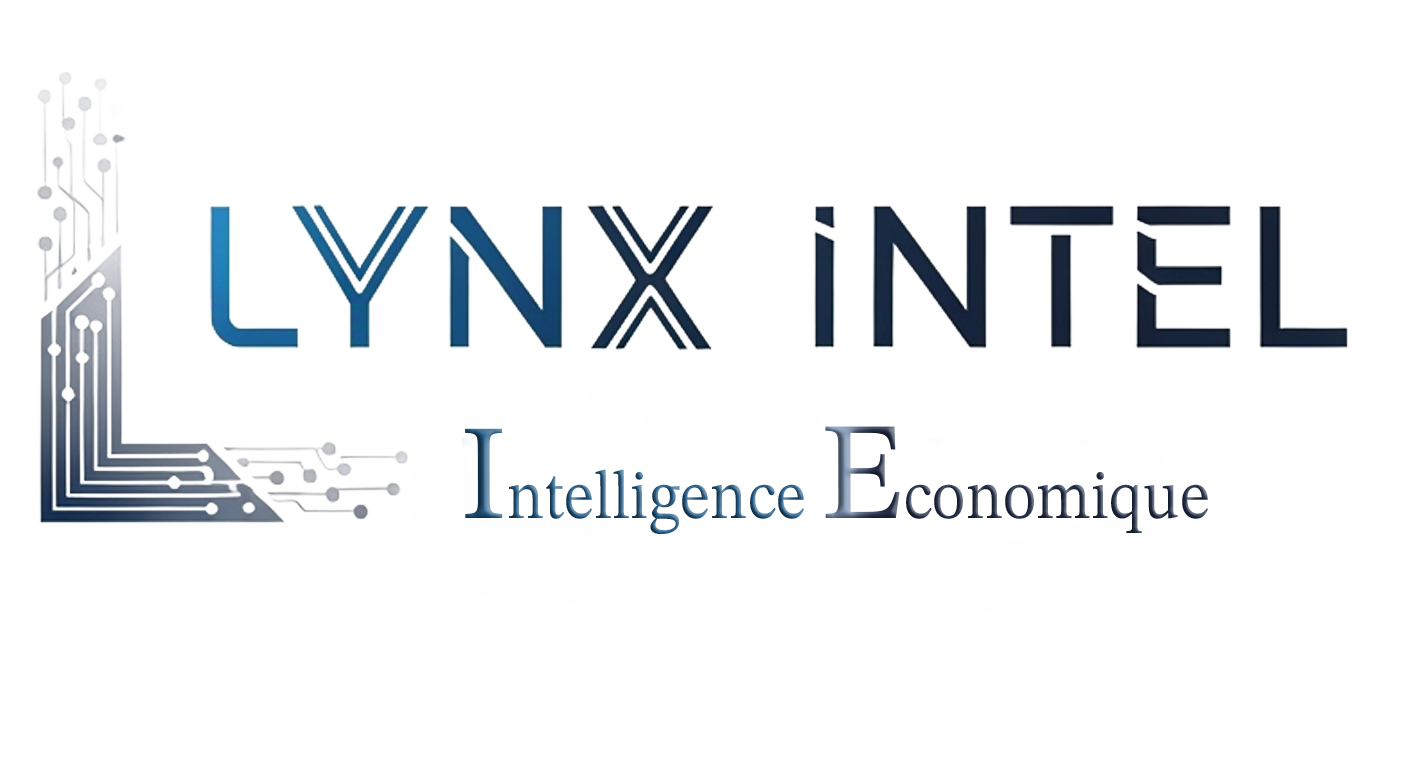In an era dominated by technology and artificial intelligence, recent advancements have unwittingly opened doors to pressing cybersecurity challenges. Among these threats is the Whisper Leak attack, a groundbreaking method capable of exploiting vulnerabilities in language models, even with HTTPS encryption in place.
What Is Whisper Leak?
Whisper Leak is a sophisticated side-channel attack targeting language models operating in streaming mode. It allows attackers to intercept encrypted data without ever breaking HTTPS encryption. By analyzing metadata such as the length of data packets and their timing within the encrypted Transport Layer Security (TLS) stream, cybercriminals can infer the general theme of conversations. For instance, a Whisper Leak attack could reveal if a user’s query involves topics like political dissent or sensitive business deals.
“Cyber adversaries can deduce the general subject of a query based on encrypted traffic patterns.” – Microsoft Research
Why Is Whisper Leak a Serious Threat?
Conversations with language models often contain private or sensitive information. A Whisper Leak attack increases the risk of data being exposed, leaving individuals and businesses vulnerable to espionage, government surveillance, and breaches of privacy. As attackers gather more encrypted traffic, their success rate improves, amplifying the risk.
“While Whisper Leak doesn’t directly decrypt HTTPS-protected content, its ability to interpret sensitive conversation topics means organizations must pay close attention to this potential threat,” stresses Microsoft Research.
How Whisper Leak Operates
The Whisper Leak attack capitalizes on the observable patterns of packet sizes and inter-arrival times during a language model’s streaming responses. Various machine learning algorithms, such as LightGBM and Bi-LSTM, are employed to analyze this metadata. Studies performed by Microsoft show an alarming accuracy, reaching over 98%, in predicting specific topics from encrypted conversations. This highlights the advanced capabilities an attacker could harness to expose content linked to political views, economic discussions, or potentially illegal queries.
Steps to Mitigate Whisper Leak Risk
To counteract potential threats posed by Whisper Leak, AI vendors like OpenAI and Microsoft have initiated proactive measures:
- Introducing random text sequences in responses to obscure identifiable token sizes.
- Encouraging users to avoid unprotected networks and to leverage secure VPN connections when interacting with language models.
“Combining robust countermeasures with user education will greatly enhance security.” – Lynx Intel
It’s imperative for companies interacting with AI systems to educate their users on identifying risks and adopting secure browsing practices.
Implications for Businesses and Individuals
For businesses integrating language models into their workflows, Whisper Leak serves as a stark reminder to implement robust safeguards and regularly assess potential vulnerabilities. Critical steps include:
- Conducting continuous risk assessments.
- Refining AI models to guard against such attacks.
- Maintaining strict alignment with predefined use cases.
Failing to secure proprietary data against Whisper Leak could lead to financial losses, reputational harm, or worse, regulatory repercussions.
The Critical Role of Proactive Security
This new development underlines the importance of a proactive and comprehensive security approach for AI adoption. Tools and services like those provided by Lynx Intel can help organizations detect vulnerabilities and establish protective measures to ensure resilience against emerging threats.
By prioritizing security at every level, from development to deployment, businesses can enhance their readiness to face challenges that may arise from evolving cyberattacks like Whisper Leak.
Conclusion
In summary, Whisper Leak underscores the evolving nature of cybersecurity threats in the AI domain. Despite its complexity, the risks it presents can be mitigated through vigilant security protocols, authentic user education, and strategic partnerships with experts like Lynx Intel. As we unlock new capabilities with language models, it’s crucial to ensure security and privacy are not compromised.
If you’re looking to safeguard your systems and enhance AI security, Lynx Intel stands ready to guide you in developing tailored solutions to address your needs.


